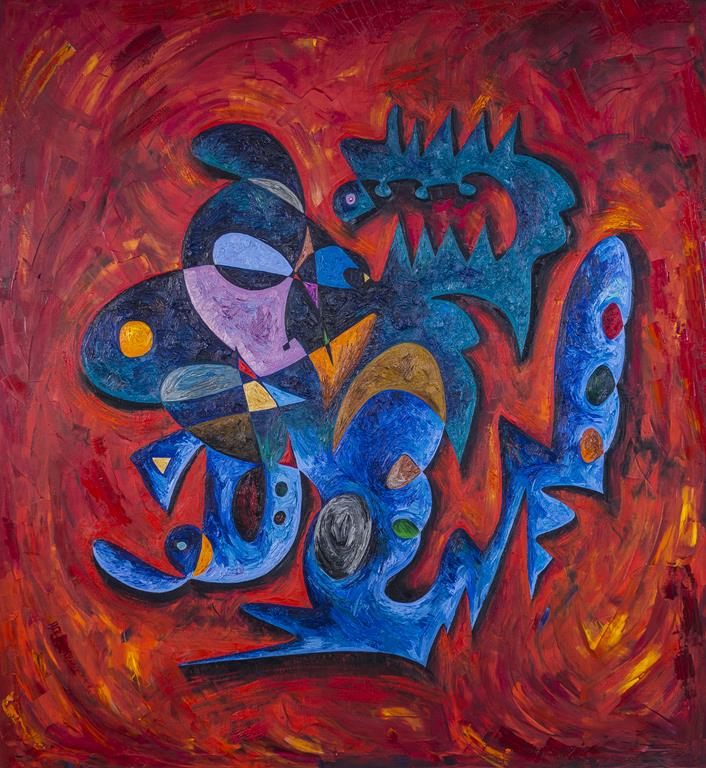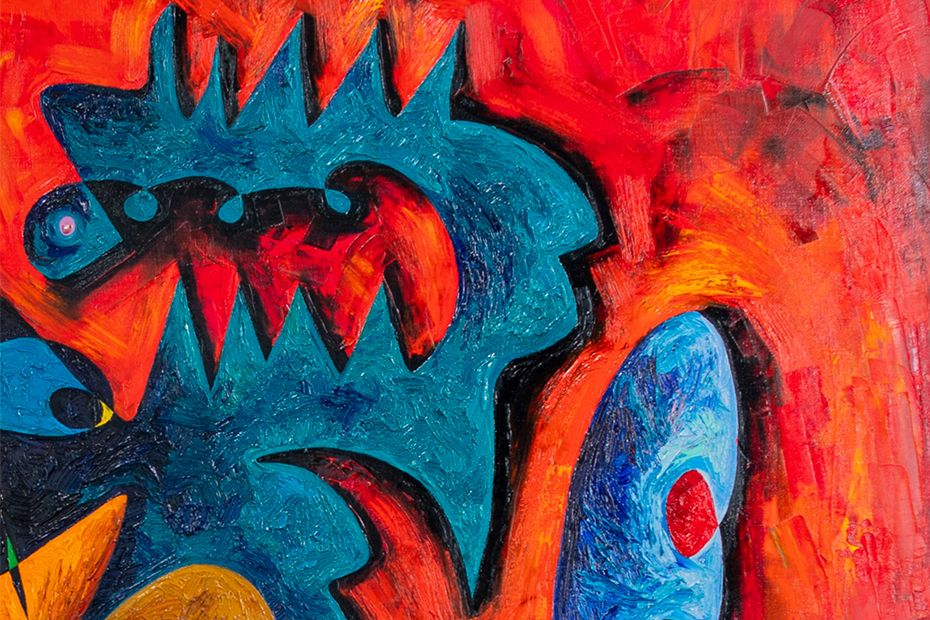

-
Year 2016
-
150x138 Cm / 59x54 In
-
Oil / Acrylic Base / Linen Canvas
-
Original Edition
-
$ 220,000

Yasser Arafat (2016)
-
Year 2016
-
150x138 Cm / 59x54 In
-
Oil / Acrylic Base / Linen Canvas
-
Original Edition
-
$ 220,000
Yasser Arafat (2016) oil painting Description
Yasser Arafat, a hero for the identity of the Palestinian people who experienced numerous attempts of annihilation conducted by the Turks, the British, the Jordanians, the Egyptians and finally by the Israelis, faced, amongst other contexts, a possible discreditation on the occasion of the Camp David Summit in 2000 organized by the president of the USA, Bill Clinton. As Vîrtosu’s artworks always carry many facets to one issue, Yasser Arafat’s portrayal also stands by his credo, recalling, by means of political context, Minister Barak’s take on the problem at that time: in an interview with the Israeli newspaper, “Haaretz”, Barak admitted that he only wanted at Camp David to “remove the mask” from Arafat, calling him, in fact, the “enemy of peace.”
Camp David Summit 2000 becomes thus the epitome of negotiations – on the basis of territorial arrangements, public personas are mediated for further elections.
Historically speaking, Minister Arafat is told to have refused to abandon the legitimate arrangements provided by Security Council resolution 242, insisting that the Palestinians had offered enough concessions in the 1993 Oslo Accords by accepting only 22% of historic Palestine -- the West Bank, Gaza Strip and East Jerusalem. He refused to cede additional land for new settlements, for which Israel had rapidly escalated construction in violation of international law.
The aggressive gestures of the canvas “Yasser Arafat” (2016) reflect the colliding ambitions of diplomatic relationships, coalescing into clusters that form the centerpiece, thus allowing for an iconic background space that creates a flowing feeling.
For most of us, photography stands for the truth, but a good artist, like Vîrtosu, can make appear a harsher truth by manipulating forms or pushing paint around.
Time stops in both Vîrtosu's craftsmanship and his constant reinvention of style and form. Divided in the middle with surgical exactness, Vîrtosu presents a striking dichotomy between chaos and enigma of modern history.
-
Art Advisory Services



read more